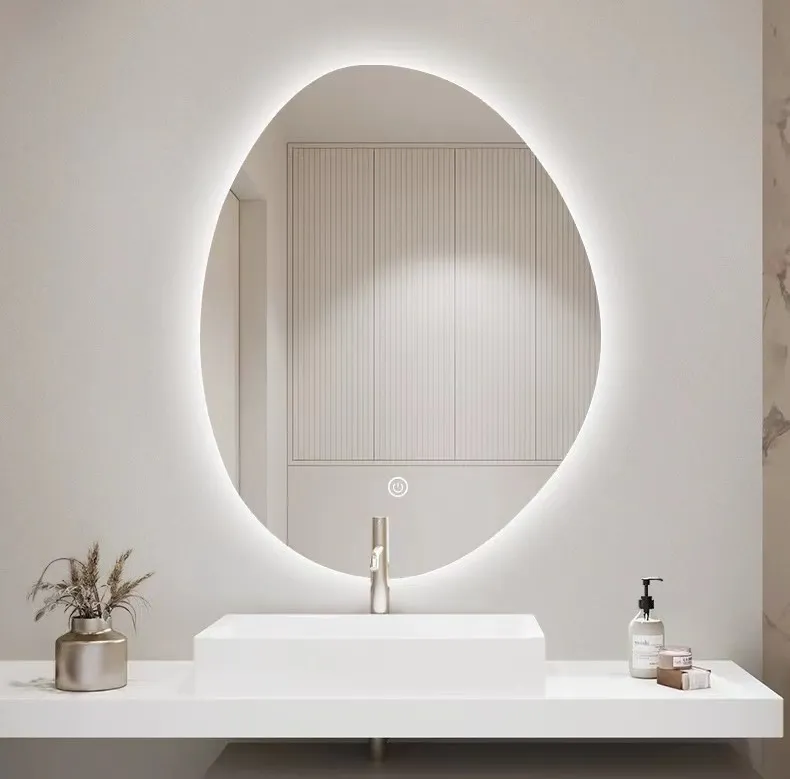

Understanding Mirror Glass Adhesive A Comprehensive Guide
Mirror glass adhesive is an essential component in the realm of interior design and construction, particularly when it comes to installing mirrors securely and aesthetically. The right adhesive ensures that your mirrors not only stay in place but also present a polished look that enhances the overall atmosphere of a space. This article aims to explore the types, applications, and benefits of mirror glass adhesive, as well as important considerations for its use.
Types of Mirror Glass Adhesive
There are several types of adhesives suitable for attaching mirrors. The most common options include
1. Silicone Adhesives Known for their flexibility and durability, silicone adhesives are ideal for mirrors, particularly those that might be subjected to temperature changes. They provide a strong bond while allowing for slight movements, which can be crucial in areas with varying humidity and temperature.
2. Epoxy Adhesives Epoxy offers a robust bond that is resistant to water and chemicals. This type of adhesive is particularly useful in commercial settings or in situations where the mirror may be exposed to harsher conditions. However, it generally requires more meticulous application due to its fast-setting properties.
3. Double-Sided Tape For lighter mirrors, double-sided tape can be a quick and effective solution. It’s easy to apply and allows for repositioning if necessary. However, it is essential to select high-quality tape designed for mirror installation to ensure longevity and prevent sagging.
Applications of Mirror Glass Adhesive
Mirror glass adhesive is used across various settings, from residential bathrooms to commercial establishments like salons and gyms. In homes, mirrors serve multiple purposes—enhancing aesthetic appeal, improving light distribution, and creating an illusion of space. In commercial settings, mirrors can contribute to branding and ambiance. Regardless of the setting, the choice of adhesive plays a critical role in installation.
Benefits of Using Proper Adhesive

Using the right mirror glass adhesive offers numerous advantages
- Extended Longevity A quality adhesive increases the lifespan of the installation, preventing the mirror from loosening or falling over time. - Improved Safety Properly adhered mirrors reduce the risk of accidents caused by falling glass, which can lead to serious injuries.
- Aesthetic Appeal The right adhesive provides a seamless look, ensuring that the installation enhances the overall design of the room rather than detracting from it.
Important Considerations
When selecting a mirror glass adhesive, consider the following factors
- Surface Compatibility Ensure that the adhesive is suitable for the substrate to which the mirror will adhere, whether it’s drywall, tile, or wood.
- Weight of the Mirror Heavier mirrors will require stronger adhesives, so always check the weight guidelines provided by the manufacturer.
- Application Environment For installations in high-humidity areas, such as bathrooms, choose an adhesive specifically formulated to withstand moisture.
- Curing Time Different adhesives have varying curing times, which can affect installation time and usage. It’s crucial to plan accordingly.
In conclusion, mirror glass adhesive plays a pivotal role in the effective installation of mirrors across various applications. Choosing the right type of adhesive, understanding its properties, and considering the specific needs of your project will ensure that your mirrors remain securely in place while enhancing the beauty of your space. Whether you’re a professional installer or a DIY enthusiast, a little knowledge about mirror adhesive can go a long way in achieving a flawless and safe mirror installation.